I am running Mojarra 2.2.0.
<context-param>
<param-name>javax.faces.STATE_SAVING_METHOD</param-name>
<param-value>client</param-value>
</context-param>
The managed bean action method is-
public void action() {
HttpSession session = (HttpSession) FacesContext.getCurrentInstance()
.getExternalContext().getSession(false);
System.out.println(session.getId()); // not null for stateful views
}
For stateless views session.getId() throws NPE
For views which are not stateless-
Firing a GET request, there is JSESSIONID=340041C96D5AA446D761C3602F54A76D
I read it here that-
For client side state saving mechanism, JSF won't create the session and will store the view state in a hidden input field with the name javax.faces.ViewState in the form whenever necessary.
Further, it's mentioned here that
JSF will indeed autocreate the session because the JSF view state has to be stored over there. If you set the JSF state saving method to client instead of server, then it won't be stored in session and hence no session needs to be created
I think the above line is a source for trouble for me.
If you set the JSF state saving method to client instead of server, then it won't be stored in session // FULLY AGREED
and
hence no session needs to be created. // This confuses because for client side saving mechanism, a session id gets generated by the servlet container & hence there is a session associated with the request.
In reference to the discussion which I had with BalusC in this question, I created a HttpSessionListener-
@WebListener
public class MyHttpSessionListener implements HttpSessionListener {
public void sessionCreated(HttpSessionEvent event) {
Thread.dumpStack();
}
public void sessionDestroyed(HttpSessionEvent event) {
}
}
See below attached screenshots(these 2 screenshots are for version 2.0.3, there must have been an old bug due to which the session was getting created)-






